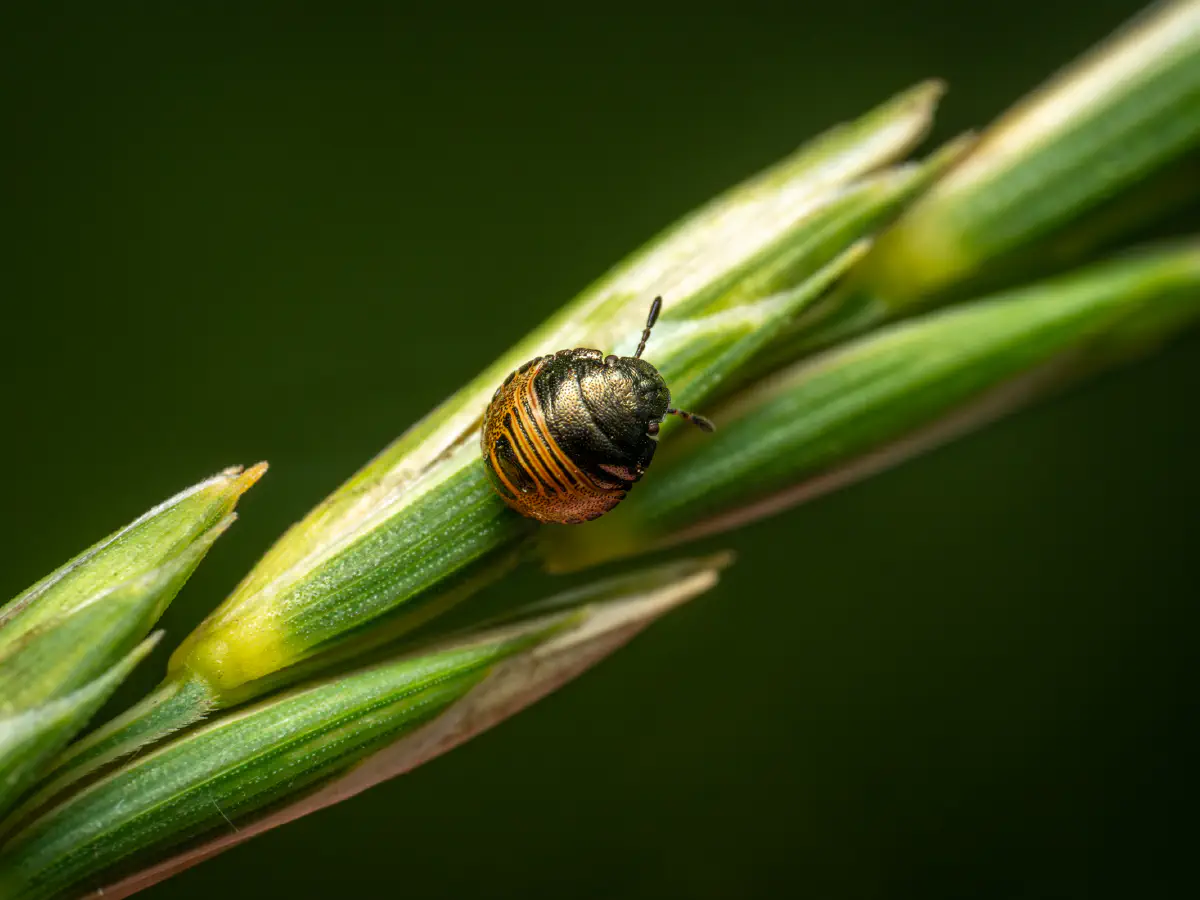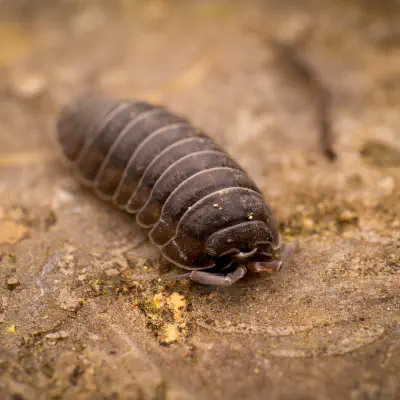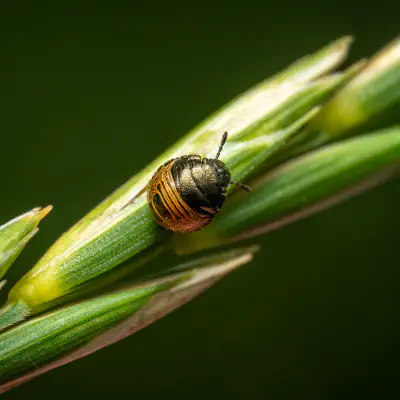Khrimian, Ashot; Shearer, Peter W.; Zhang, Aijun; Hamilton, George C.; Aldrich, Jeffrey R. (2008). "Field Trapping of the Invasive Brown Marmorated Stink Bug, Halyomorpha halys, with Geometric Isomers of Methyl 2,4,6-Decatrienoate". Journal of Agricultural and Food Chemistry. 56 (1): 197–203. doi:10.1021/jf072087e. PMID 18069789.
Funayama, Ken (2004). "Importance of apple fruits as food for the brown-marmorated stink bug, Halyomorpha halys (Stal) (Heteroptera: Pentatomidae)". Applied Entomology and Zoology. 39 (4): 617–623. Bibcode:2004AppEZ..39..617F. doi:10.1303/aez.2004.617.
Nielsen, Anne L.; Hamilton, George C.
(2009). "Life History of the Invasive Species Halyomorpha halys (Hemiptera: Pentatomidae) in Northeastern United States". Annals of the Entomological Society of America. 102 (4): 608. doi:10.1603/008.102.0405.
Aldrich, J. R.; Khrimian, A.; Chen, X.; Camp, M. J. (2009). "Semiochemically Based Monitoring of the Invasion of the Brown Marmorated Stink Bug and Unexpected Attraction of the Native Green Stink Bug (Heteroptera: Pentatomidae) in Maryland". Florida Entomologist. 92 (3): 483. doi:10.1653/024.092.0310.
Toyama, Masatoshi; Ihara, Fumio; Yaginuma, Katsuhiko (2006). "Formation of
aggregations in adults of the brown marmorated stink bug, Halyomorpha halys (Stål) (Heteroptera: Pentatomidae): The role of antennae in short-range locations". Applied Entomology and Zoology. 41 (2): 309. Bibcode:2006AppEZ..41..309T. doi:10.1303/aez.2006.309.
Nielsen, Anne L.; Shearer, Peter W.; Hamilton, George C. (2008). "Toxicity of Insecticides to Halyomorpha halys (Hemiptera: Pentatomidae) Using Glass-Vial Bioassays". Journal of Economic Entomology. 101 (4): 1439–42. doi:10.1603/0022-0493(2008)101[1439:TOITHH]2.0.CO;2. PMID 18767758. S2CID 574512.
Lee, Wonhoon; Kang, Joongnam; Jung, Chansik; Hoelmer, Kim; Lee, Si Hyeock; Lee, Seunghwan (2009).
"Complete mitochondrial genome of brown marmorated stink bug Halyomorpha halys (Hemiptera: Pentatomidae), and phylogenetic relationships of hemipteran suborders". Molecules and Cells. 28 (3): 155–65. doi:10.1007/s10059-009-0125-9. PMID 19756390. S2CID 1378484.
Yang, Zhong-Qi; Yao, Yan-Xia; Qiu, Lan-Fen; Li, Zhong-Xin (2009). "A New Species of Trissolcus (Hymenoptera: Scelionidae) Parasitizing Eggs of Halyomorpha halys (Heteroptera: Pentatomidae) in China with Comments on Its Biology". Annals of the Entomological Society of America. 102: 39–47. doi:10.1603/008.102.0104. S2CID 55288032.
"Plant Pest Factsheet - Brown Marmorated
Stink Bug - Halyomorpha halys" (PDF). Department for Environment, Food and Rural Affairs (DEFRA), UK Gov. 2015. Archived from the original (PDF) on June 1, 2019. Retrieved March 2, 2021.



